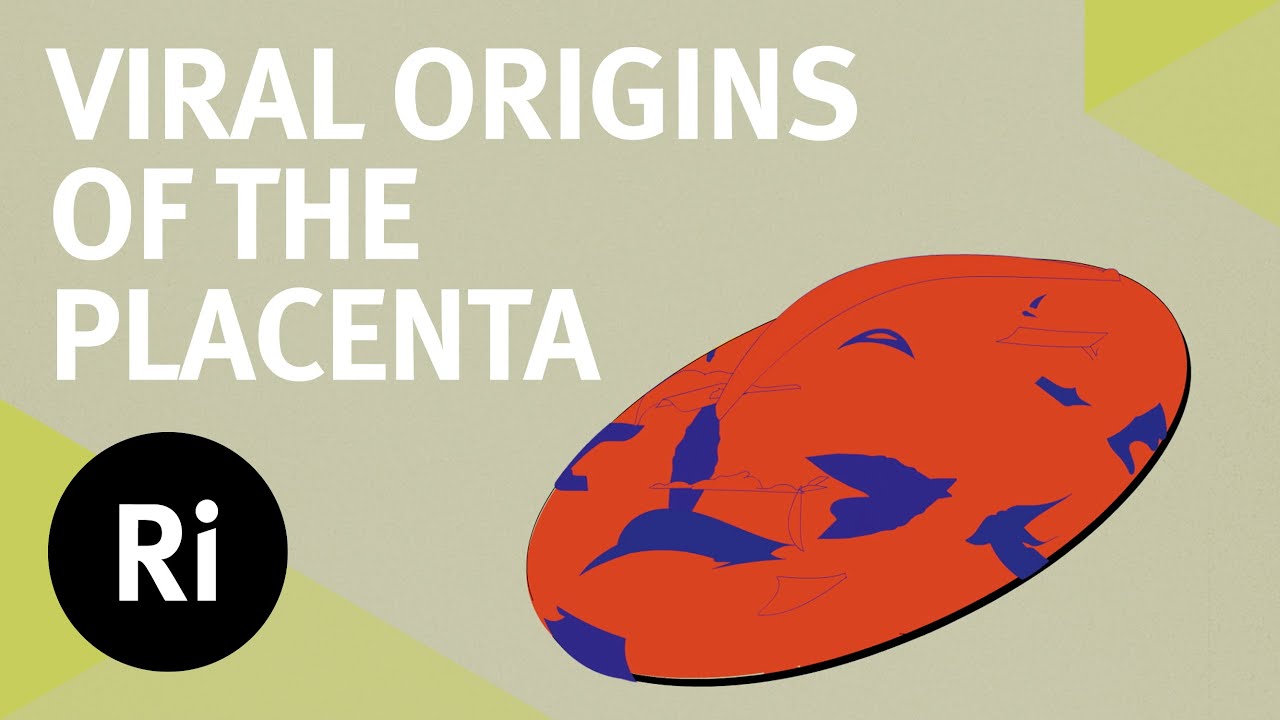The Royal Institution
During an ancient viral infection, a protein was embedded into the human genome, allowing the placenta to develop as it has.
This animation was produced by Diana Gradinaru, supported by the Genetics Society in celebration of their 100th anniversary in 2019.
Further reading:
https://www.pnas.org/content/109/7/2184.long
https://www.nature.com/articles/35001608
https://www.nature.com/articles/ng.3449
The Ri is on Patreon: https://www.patreon.com/TheRoyalInstitution
and Twitter: http://twitter.com/ri_science
and Facebook: http://www.facebook.com/royalinstitution
and Tumblr: http://ri-science.tumblr.com/
Our editorial policy: http://www.rigb.org/home/editorial-policy
Subscribe for regular science videos: http://bit.ly/RiSubscRibe
Source




this is like something out a 80's british documentary, i love it 😀
An artistic masterpiece
So, as a follow on question, what is the biological history of the placenta as we understand it now. It looks like it is research time!
The animations are like some awful French conceptual artwork, but the information is interesting
Meh, I actually liked the animation! 😀
what a hopeless animations.
try better next time.
Animation reminds me of felix colgrave
All I can say is wow.
Lots of comments about the animations being a bit much, but I actually really like them. Thanks!
The animations were an art piece of their own. Love it!
The animation is really confusing and detrimental to the value of the content presented at the same moment.
Courtesy of Mr Aesop………….
I’ve never seen such horribly confusing video imagery before! How did this ever pass inspection?
Nice story telling. I like the graphics.
Animations is really bad!
Very interesting 👍🏼👍🏼👍🏼
How was gestation possible before the alleged repurposing of sensitine?
maybe it's because i've done a lot of psychedelics but i thought the animation really complemented the info
Intereresting.
Next time, try to keep the distracting background noises more to the … background. Please. Thank you.
After 2 billion years someone is going to explain how covid 19 is the reason humans developed wings…
Is the narrator Shini Somara?
This sounds like something I would come up with when high. I don't believe it.
Too short of presentatiom for animation to work
So what would you suppose would happen if the female body developed antibodies or immune responses AGAINST syncytin?
Whoever did these animations was tripping balls on acid.
Mixed feelings. While Great story telling, the semantics in the narrative,…the virus as some alien sentient organism, "personifies" this marvelous piece of coding, and the role it plays in the biomolecular software architecture of living organisms, distorts the purposed role it plays in the creation of life as we know it.
Chimpanzees and humans share almost all of the same ERVs at the same locations in the genome. Since humans and chimpanzees were created separately from each other and viruses insert themselves into random locations in the genome, if ERVs are from viruses the probability that they would land that way is 0, therefore ERVs are not from viruses. Not only that, many of these ERVs would have had to undergo the exact same mutations in both the human genome and the chimpanzee genome thereby lowering the probability that ERVs are from viruses even further.
This video came out on the same month the deadliest viral disease of our generation started.